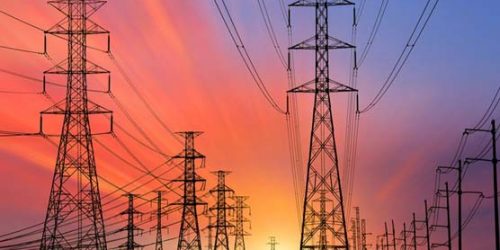A study launched on Thursday has revealed that Pakistan’s new long-term power capacity plan has failed to live up to the government’s stated principles of sustainability and affordability.
Power demand growth forecasts made under Integrated Generation Capacity Enhancement Plan-2047 (IGCEP-2047) are too high and do not take into account the impact of COVID-19, states the study conducted by Institute of Energy Economics and Financial Analysis (IEEFA) and launched through a webinar held under the auspices of Alliance for Climate Justice an Clean Energy (ACJCE).
Owing to the IGCEP’s over-optimistic power demand growth, more power capacity than needed is planned to be built, warns the study titled as ‘Pakistan risks locking into overcapacity and expensive power’.
“The Pakistan government’s principle of affordability cannot be met if the power system is locked into long-term overcapacity – capacity payments to plants lying idle are already an issue and would become even more unsustainable if more overcapacity is locked in,” said Simon Nicholas, author of the study.
Notwithstanding the fact that wind and solar were already the cheapest source of power generation in Pakistan and would be even cheaper in the 2030s and 2040s, he said, the IGCEP had neglected modern clean energy in its model after 2030.
Modelling declining contribution from renewables post-2030, the IGCEP-2047 seemed to have been oblivious to current power trends, he said. With utilization at virtually zero by 2047, the addition of 20,000MW of unneeded LNG-fired power capacity between 2030 and 2047, as modelled under IGCEP-2047, would prove to be expensive stranded assets.
Terming indiginization of power through domestic coal-fired power as expensive, he said, renewable energy could reduce reliance on fossil fuel imports far more cheaply than coal power. By prioritizing expensive coal power over the cheap renewables, he said, the IGCEP further failed to live up to the government’s affordability principle.
Besides, the large amounts of domestic coal power to be introduced under IGCEP-2047 would also lead to a significant increase, not decrease, in the overall carbon emissions of Pakistan’s power system, he said while adding that the IGCEP failed the government’s sustainability principle as well as one of its stated goals of reduced carbon emissions.
Following the author’s presentation on the ‘key findings of the study’, a panel discussion started at the webinar.
Haneea Isaad of Rural Development Policy Institute (RDPI) questioned the methodology used in IGCEP-2047 for defining least cost generation option and underlined the need to overhaul the modelling approach used for its development.
She said the cost-benefit analysis made for IGCEP-2047 didn’t take into account costs of auxiliary services such as transmission or water infrastructure that would be constructed to run power plants in Thar.
Nor did the Pakistan’s long-term power capacity plan give any substantial consideration to better storage options to be available in future, the country’s international environmental commitments and emission reduction targets.





